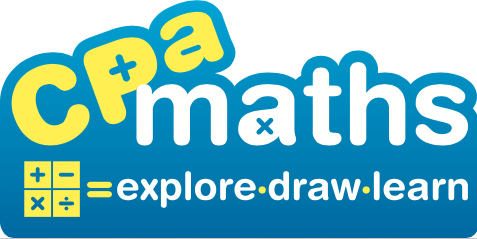Bar modelling does two things:
1) Provides a pictorial support for understanding mathematics
2) It gives a scaffold for children to access problem solving
This problem is often categorised as trial and improvement. We choose a number for day 1. Then work from there. Quickly realising that the number has to be less that eighty. Quite significantly less than 80 as day 1 and 2 are two numbers quite close together. Eventually, through trial and improvement we will find an answer. This a year 3 or 4 problem.
How does Bar Modelling support problem solving?
1) A starting point. The model helps me understand the structure of the problem identify knowns and unknowns.
2) What's changing? Day 2 has 4 fewer castles than day 1. While day 3 has 4 fewer castles than day 2 but also 2 lots of 4 fewer than day 1. Day 4 will have 4 fewer than day 3 but 2 groups of 4 fewer than day 2 and 3 group of 4 fewer than day. Here, the image supports the more abstract explanation.
3) 5 bars of equal length! I can use my multiplicative reasoning. N divided by 5 gives the length of each bar.
4) I am making progress, but have I answered my question? The question marks in the model help students to check they have completed the question.
I believe that the power of bar modelling lies in helping highlight the structure of problems. It helps children to identify patterns and use what they already know. The incredible @mrnickhart has written some excellent articles on this and the inadequate use of RUCSAC. Now I realise how accessible, simple and empowering bar modelling is I cringe at memories of my former (non-bar modelling) self pointing at the RUCSAC display. As Dylan William says, "This job you’re doing is so hard that one lifetime isn’t enough to master it. So every single one of you needs to accept the commitment to carry on improving our practice until we retire or die. That is the deal.”












